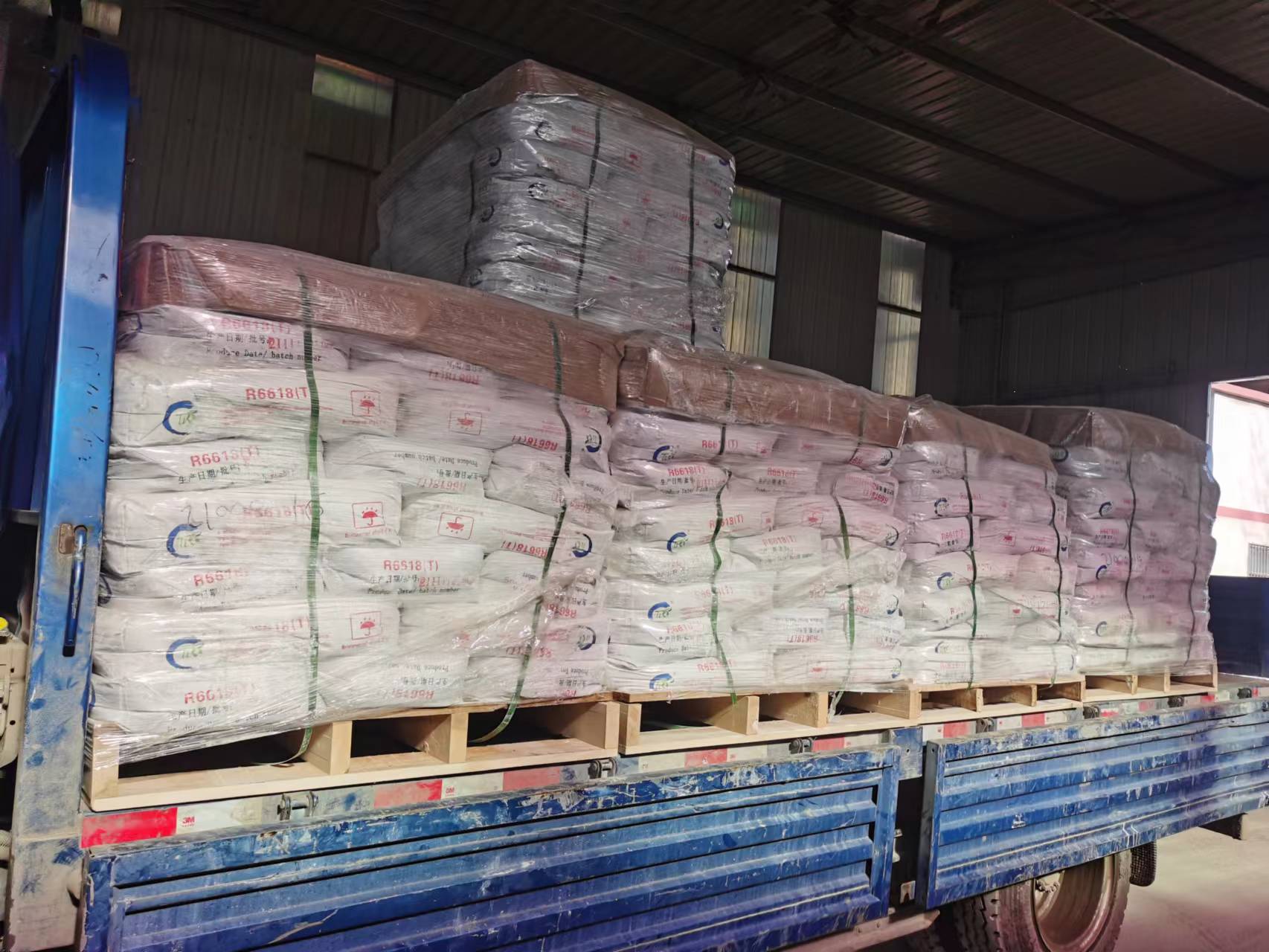
Dec . 11, 2024 09:29 Back to list
lithopone and titanium dioxide production techniques and industry insights for efficient manufacturing
The Growing Industry of Lithopone and Titanium Dioxide Manufacturing
In the realm of pigments and chemical production, lithopone and titanium dioxide have carved significant niches that are pivotal to various industries, including paints, plastics, coatings, and cosmetics. The demand for these compounds has surged in recent years due to their diverse applications and environmentally friendly properties. This article explores the manufacturing processes, applications, and market dynamics of lithopone and titanium dioxide, highlighting the importance of these pigments in today’s industrial landscape.
What are Lithopone and Titanium Dioxide?
Lithopone is a white pigment composed of a mixture of zinc sulfide and barium sulfate. It was first commercialized in the early 20th century and quickly became popular due to its excellent hiding power, stability, and non-toxic nature. Lithopone offers a more economical option compared to other white pigments, making it a preferred choice in various applications within the paint and coating industries.
Titanium dioxide (TiO2), on the other hand, is renowned for its exceptional brightness and high refractive index, making it the most widely used white pigment in the world. Its primary forms are rutile and anatase, with rutile being preferred for its superior opacity and weather resistance. Titanium dioxide is essential in the production of paints, plastics, paper, and even food products, due to its non-toxic nature and durability.
Manufacturing Processes
The manufacturing of lithopone primarily involves the precipitation method, which entails mixing zinc sulfate and barium sulfide in a controlled environment to produce a white pigment that is filtered, washed, and dried. This process allows for precise control over the particle size and purity of the final product, which is crucial for maintaining the quality required by industrial clients.
In contrast, titanium dioxide is manufactured through two primary methods the sulfate process and the chloride process. The sulfate process involves sulfuric acid and titanium ore (usually ilmenite), leading to the production of titanium tetrachloride, which is then oxidized to generate titanium dioxide. Meanwhile, the chloride process is more advanced and environmentally friendly, using less acid and producing a purer final product. The choice of method greatly depends on the intended application, cost considerations, and environmental regulations.
lithopone and titanium dioxide manufacturer

Applications and Market Growth
Both lithopone and titanium dioxide play significant roles across various sectors. In the paints and coatings industry, they are utilized to achieve superior color quality, durability, and weather resistance. Lithopone is particularly favored for indoor applications due to its lower cost and good hiding power. Titanium dioxide dominates the outdoor sector because of its remarkable resistance to ultraviolet light, preventing color degradation and ensuring longevity.
The plastics industry also heavily incorporates these pigments. In plastic production, titanium dioxide is essential for improving opacity and brightness, allowing for vibrant and durable products. Lithopone, while used less frequently, finds its niche in specific low-cost plastic applications.
The cosmetics and personal care market appreciates both pigments for their safe and effective use in products such as lotions, sunscreens, and makeup. Titanium dioxide's UV-blocking capabilities are particularly sought after in sun care formulations, contributing to the growing interest in natural and non-toxic personal care products.
The global market for these pigments is anticipated to expand significantly in the coming years, driven by surging demand from emerging economies and increasing awareness of environmentally friendly products. Manufacturers focusing on sustainable practices and developing innovative formulations are likely to benefit from this growth, as consumers increasingly prioritize eco-friendly options.
Conclusion
In summary, lithopone and titanium dioxide are critical components in many industrial applications, offering unique properties that cater to various market needs. The advancements in manufacturing processes and an increasing focus on sustainability continue to drive the growth of these pigments. As industries evolve and demand for high-quality, eco-friendly products rises, lithopone and titanium dioxide will remain at the forefront of the pigment manufacturing industry, solidifying their importance in the modern economy.
-
Premium 6618 Titanium Dioxide for GPT-4 Turbo Applications
NewsJul.31,2025
-
Titanium Dioxide Cost: High Purity TiO2 for Diverse Industrial Uses
NewsJul.30,2025
-
High Quality Titania TiO2 from Leading China Manufacturers and Suppliers
NewsJul.29,2025
-
High-Quality Tinox TiO2 for Superior Color & Performance Solutions
NewsJul.29,2025
-
High Quality Titania TiO2 from Leading China Supplier & Manufacturer
NewsJul.29,2025
-
High-Performance r6618 TiO2 for Superior Whitening and Versatility
NewsJul.28,2025
